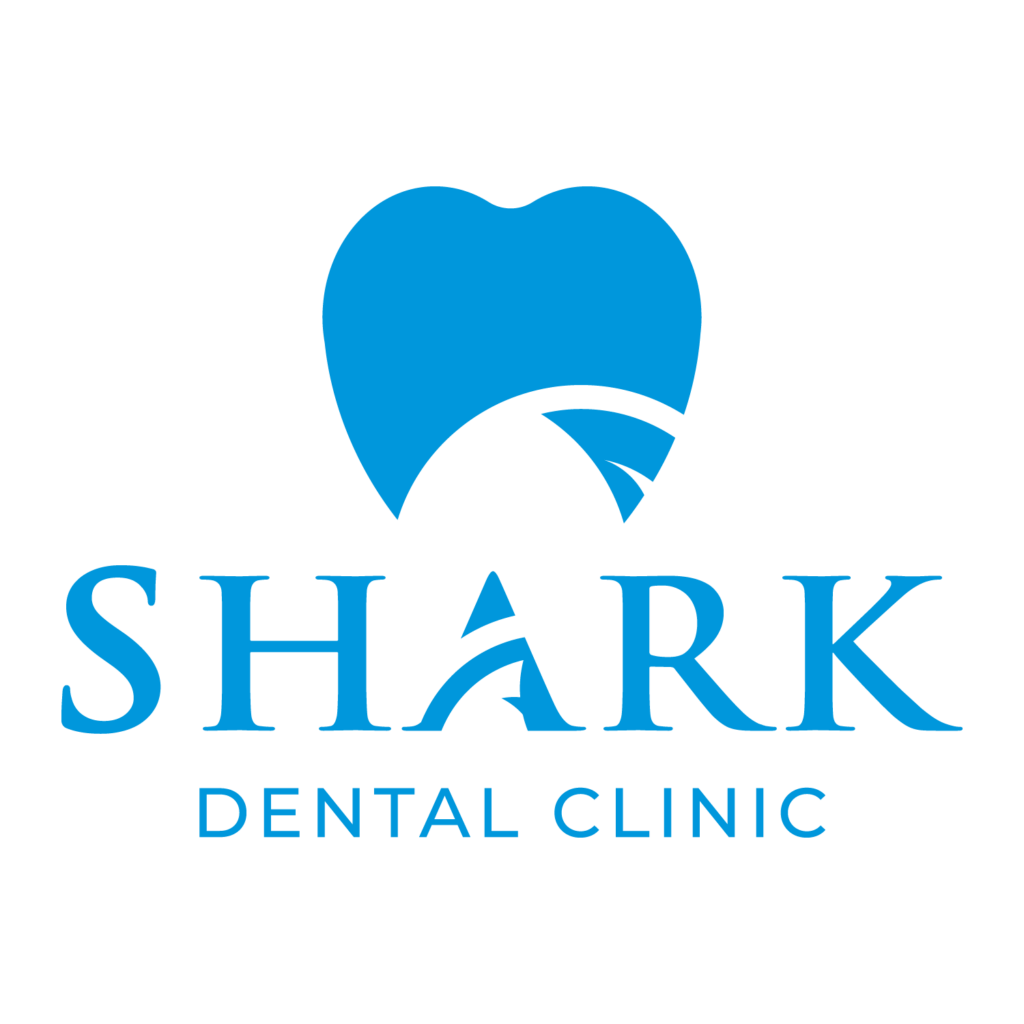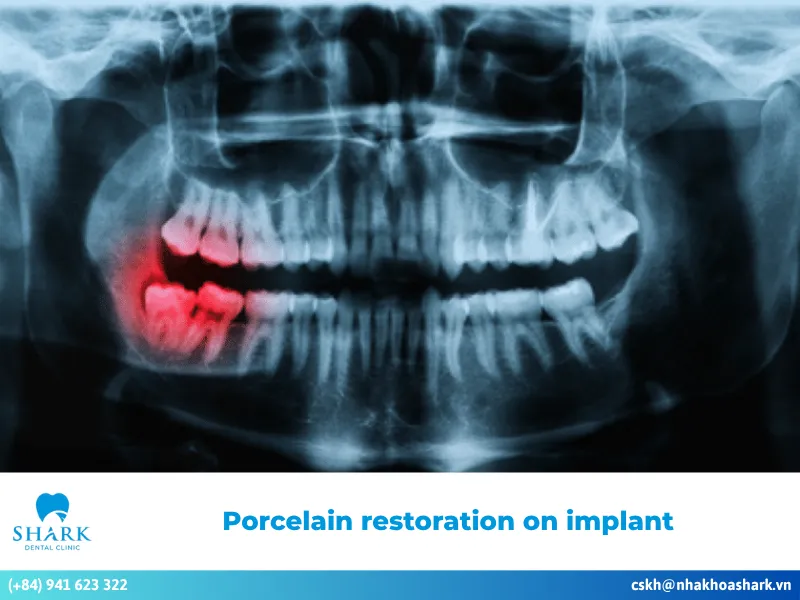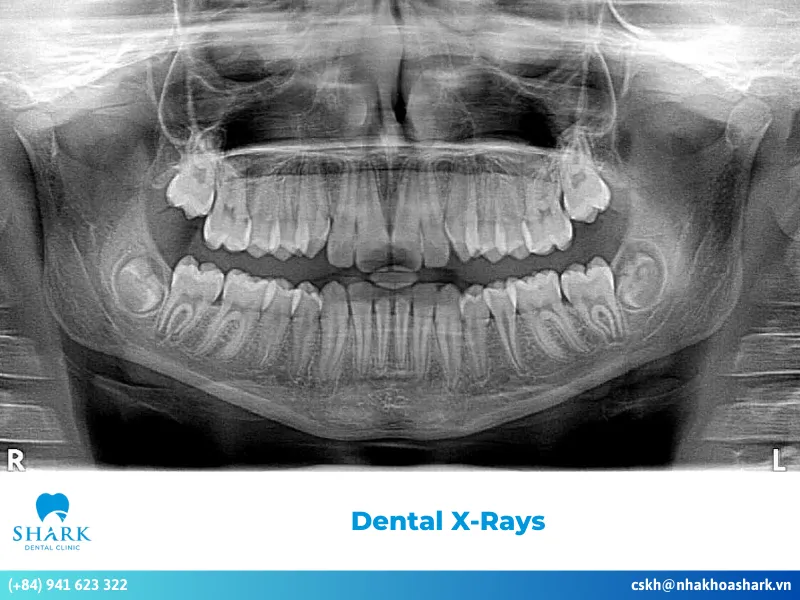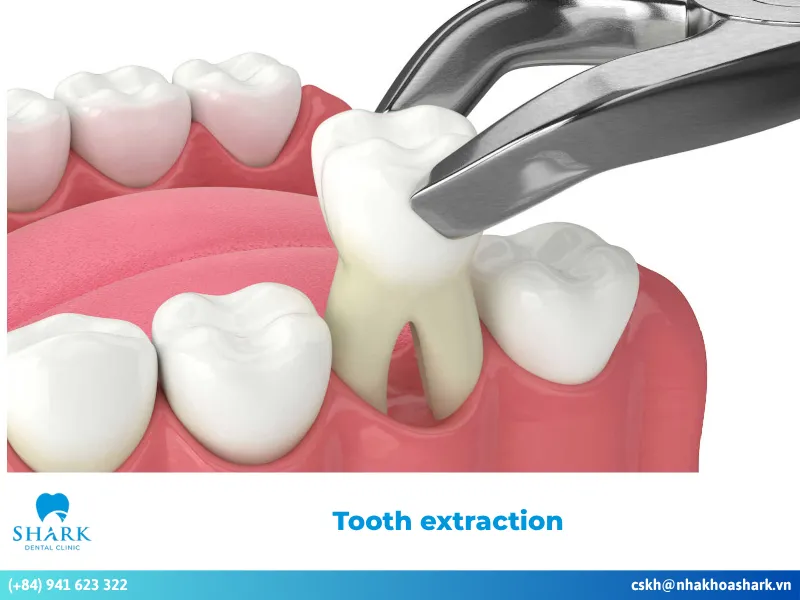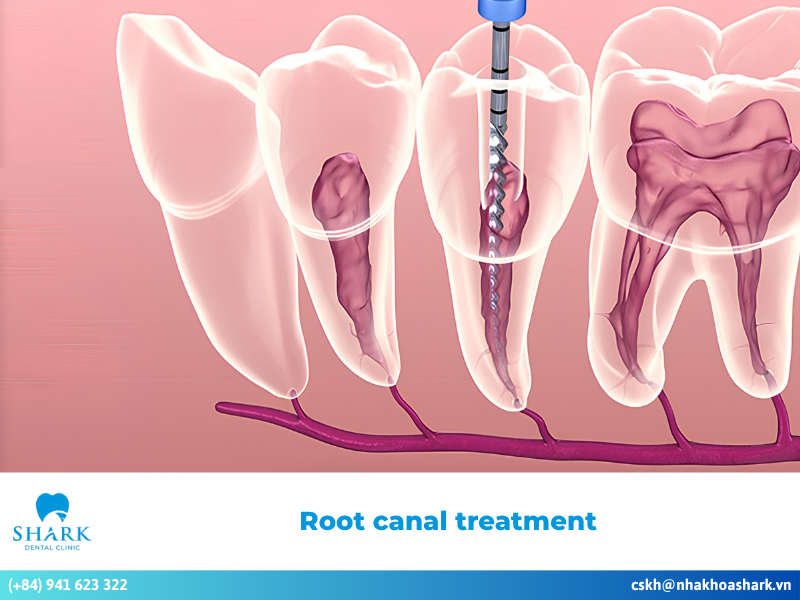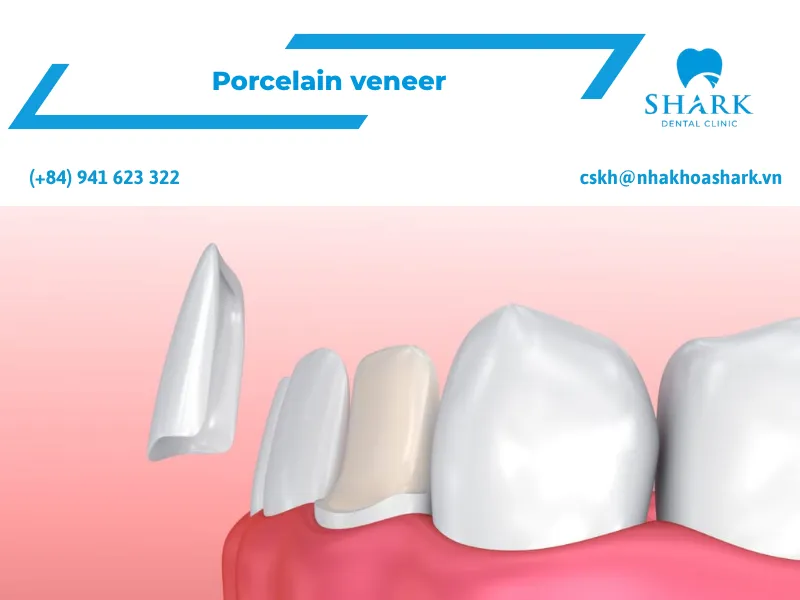Dental braces are an orthodontic solution that corrects issues such as protruding teeth, underbites, misalignment, or uneven dental structure. The braces process uses specialized dental appliances to gently shift teeth into balanced positions, improving both aesthetics and chewing function. So, what are braces? What types of orthodontic braces are available? Explore the details in this article!
What are braces?
Braces – also known as dental braces or orthodontic braces—are orthodontic devices designed to correct dental issues such as protruding teeth, underbites, overcrowded or misaligned teeth, and gaps. This method uses dental appliances to apply consistent pressure, gradually shifting teeth into their correct, more aesthetically pleasing positions while also improving bite function and long-term oral health.
Braces treatment can last between 1 to 3 years, depending on the condition of your teeth and the chosen method. To achieve safe and satisfying results, it is essential to undergo treatment at a reputable dental clinic with qualified orthodontists and modern equipment.
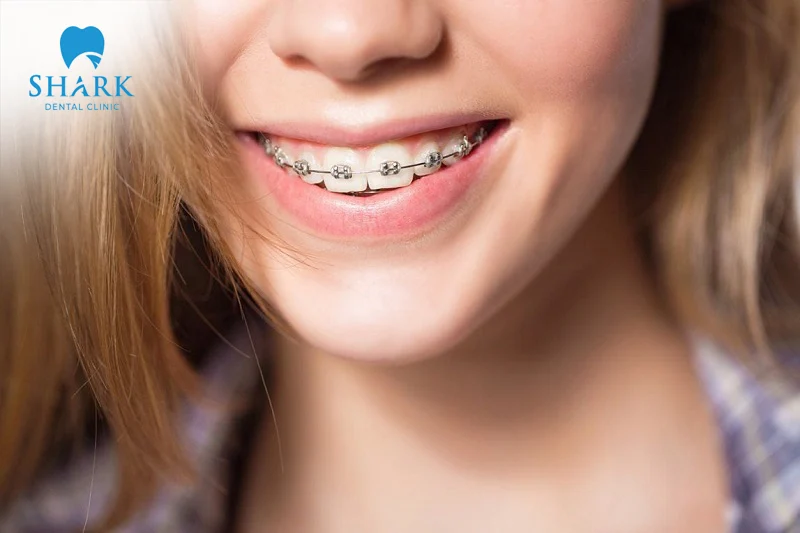
Who needs braces?
Dental braces are suitable for individuals experiencing one or more of the following conditions:
- Teeth that are spaced apart or unevenly sized
- Mild cases of overbite or underbite
- Crowded or crooked teeth
- Misaligned tooth eruption or overlapping teeth
- Open bite or improper alignment between upper and lower jaws
Types of braces
Today’s orthodontics offers a wide variety of braces options, ranging from traditional to more modern and discreet choices. This includes standard options, aesthetic ones like ceramic or clear aligners, and even fully hidden types like lingual braces. Each type comes with its own advantages, and the best option will depend on your individual dental needs and aesthetic preferences.
Traditional metal braces
Traditional metal braces are the most common and time-tested orthodontic braces solution. This method uses stainless steel brackets and archwires, often with braces rubber bands (elastics) to apply continuous pressure, gradually moving the teeth into proper alignment. These classic devices are highly effective and are the culmination of the history of braces, which has seen vast improvements over time.
These braces are highly effective and suitable for a wide range of dental misalignments. Because the brackets are made of durable stainless steel, they are strong and rarely cause irritation in the mouth.
However, metal braces are more visible compared to other options, which may affect aesthetics. They can also cause mild discomfort to the cheeks and lips during the initial adjustment period.
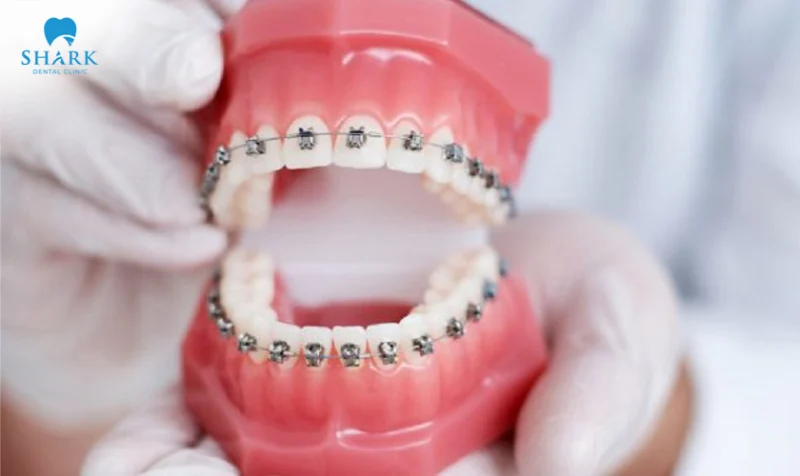
Ceramic braces
Ceramic braces work similarly to traditional metal braces but use brackets made from high-quality ceramic materials. These brackets are tooth-colored or clear, blending more naturally with your teeth and offering a discreet appearance during treatment.
Sometimes referred to as a form of diamond braces due to their clear, premium aesthetic, treatment with ceramic braces may take slightly longer, but their main advantage is superior aesthetics since they are less noticeable. The downside is that ceramic brackets are more prone to chipping and require careful maintenance and dietary adjustments.
Lingual braces (Braces behind the teeth)
Lingual braces are an innovative method where brackets and wires are attached to the inner surfaces of the teeth, close to the tongue. The technique requires a high level of precision and skill from the orthodontist to ensure both effectiveness and aesthetics. Patients can smile confidently without visible braces.
However, lingual braces can make eating and oral hygiene more challenging due to their placement, and they may feel slightly uncomfortable at first.
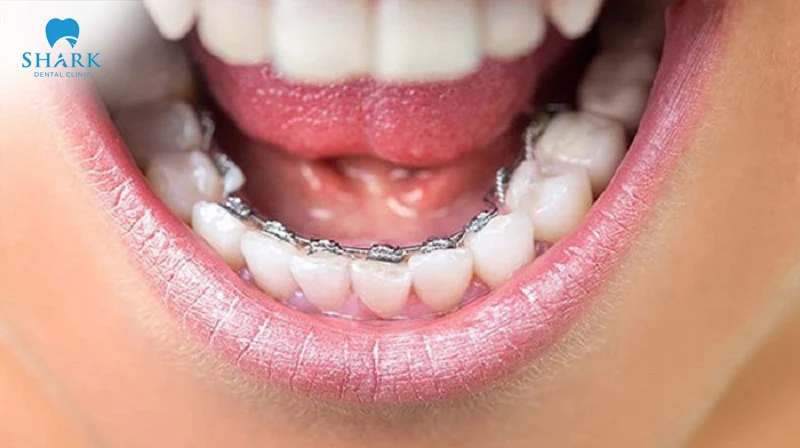
Self-ligating braces
Self-ligating braces are a modern evolution of traditional metal braces. These braces use a specialized sliding mechanism or clip instead of elastic bands to hold the archwire in place. This reduces friction and allows teeth to move more freely.
One of the key advantages of self-ligating braces is that they reduce treatment time by 3 to 6 months and require fewer adjustment visits. The system is also more comfortable, as it minimizes pressure and irritation on the gums and cheeks.
However, like traditional braces, they can still be visible and may cause some mild inconvenience during eating and daily activities.
Clear braces (Invisalign)
Clear braces, such as Invisalign, represent the most advanced and aesthetic option in orthodontic braces. Invisible braces, like Invisalign, are a subtle alternative. Instead of brackets and wires, Invisalign uses a series of custom-made, transparent aligner trays to gradually move your teeth into the desired position.
Your orthodontist will take impressions of your teeth and send them to Invisalign, where a set of aligners will be designed specifically to fit your dental structure and match each stage of your treatment. These aligners can be easily removed and worn at home, reducing the need for frequent visits to the clinic. They help maintain good chewing function and support overall confidence throughout treatment.
The main advantages of Invisalign clear braces include easy removal, allowing for proper oral hygiene after meals, and steady, controlled force applied to the teeth without causing pain or discomfort. However, the primary limitation of this method is its relatively high cost and that it is generally suitable for mild to moderate orthodontic cases.
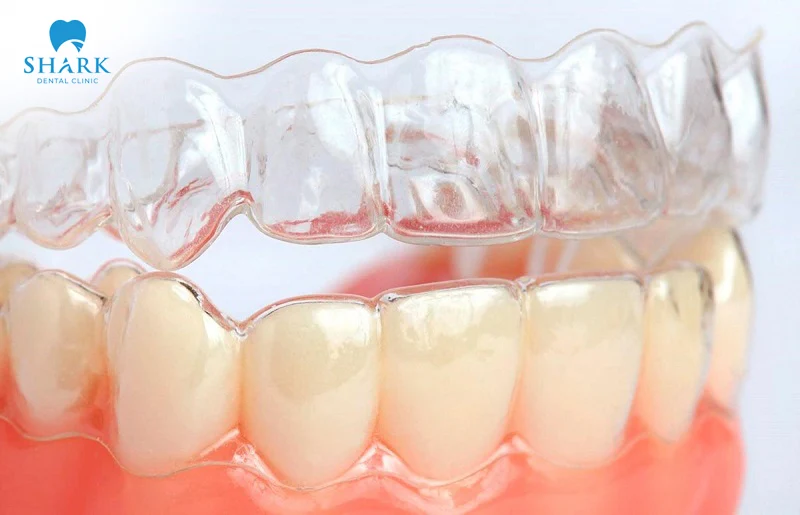
How does the standard medical braces process work?
To achieve effective orthodontic results, the braces process must be carried out by a specialist, strictly following the standard medical protocol.
Step 1: Initial examination
The orthodontist performs a full oral check-up and takes X-rays to evaluate the overall condition of the teeth and jaw. Based on these findings, the doctor will recommend the most suitable type of braces—whether traditional metal braces, ceramic braces, or clear aligners—depending on individual needs and goals.
Step 2: Personalized treatment plan
Once the diagnostic results are ready, the orthodontist will create a personalized treatment plan. This plan outlines how the teeth will be gradually adjusted, and it’s reviewed together with the patient before beginning treatment.
Step 3: Placement of orthodontic appliances
Braces will be applied using specialized orthodontic tools like brackets and archwires. These gently guide the teeth into proper alignment. The question of how long does it take to get braces on can depend on the type; for lingual braces (placed on the inner side of the teeth), the process may take slightly longer due to the more complex placement.
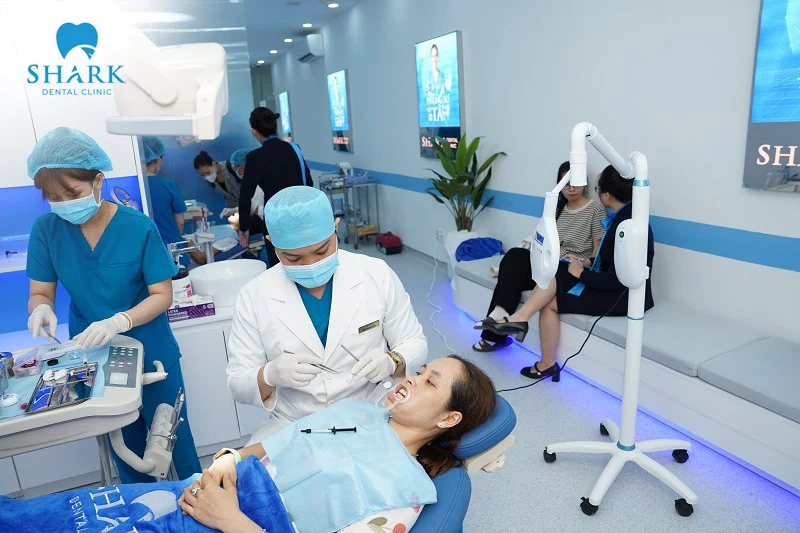
Step 4: Regular check-ups & adjustments
Throughout treatment, regular follow-up appointments are scheduled so the doctor can monitor tooth movement and make adjustments as needed. Sticking to this schedule is essential to track progress and make sure everything is going smoothly.
Step 5: Finishing treatment & wearing a retainer
After the braces come off, the doctor will examine the final results and provide a retainer. Wearing the retainer helps the teeth stay in their new position and prevents them from shifting back. This critical final stage involves retainers after braces to stabilize the new smile.
Cost of braces
The cost of dental braces can vary depending on the method and the condition of the teeth. Currently, orthodontic treatment ranges from $1000 to $1350.
Traditional metal braces are generally more affordable. Ceramic braces and clear aligners (like Invisalign) are priced higher due to their aesthetic advantages and modern materials.
To know the exact cost for your case, it’s best to visit reputable dental clinics directly for a consultation. The orthodontist will do a detailed evaluation and give a transparent cost estimate based on your treatment needs.
How to take care of your teeth during braces
Wearing braces—whether they’re traditional or clear—means having extra appliances in the mouth, so proper care is key. Here are some simple but important tips for taking care of your teeth during orthodontic treatment:
- Brush thoroughly and gently. It’s important to choose the best toothbrush for braces—a soft-bristled toothbrush—and brush carefully to remove plaque from between the teeth and around brackets or aligners.
- Use a water flosser. This tool helps clean areas that a regular toothbrush may miss. It’s especially helpful for removing food particles and keeping gums healthy.
- Eat soft foods for braces, which are easy-to-chew. These reduce the pressure on your braces and help avoid discomfort or damage.
- Avoid sticky, chewy, or hard foods. These can interfere with your appliances and affect your results.
- Follow your appointment schedule. Regular check-ups help the doctor monitor your progress and handle any issues early.
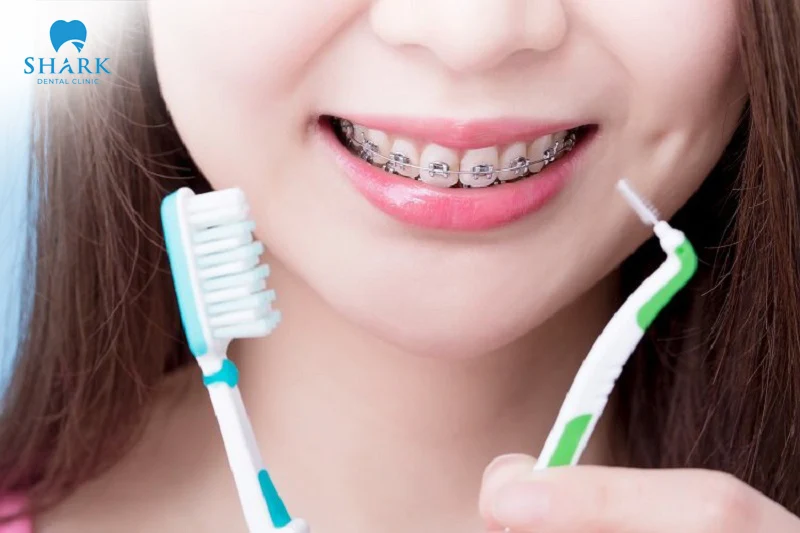
Why should you get your braces at Shark Dental Clinic in Vietnam?
Orthodontic treatment, commonly referred to as braces, is a modern dental solution that requires both the meticulous skill of experienced doctors and the support of advanced technologies and equipment. For those considering dental braces or seeking answers to what braces are, choosing a reputable clinic is essential—and Shark Dental Clinic stands out as a trusted name for braces in Vietnam.
Shark Dental is a leading provider of orthodontic braces in Vietnam, with a strong network of clinics located across various provinces. The clinic is known for delivering high-quality dental care supported by a team of skilled and experienced orthodontists. Each case is carefully assessed through direct consultation to ensure the most appropriate treatment plan is applied.
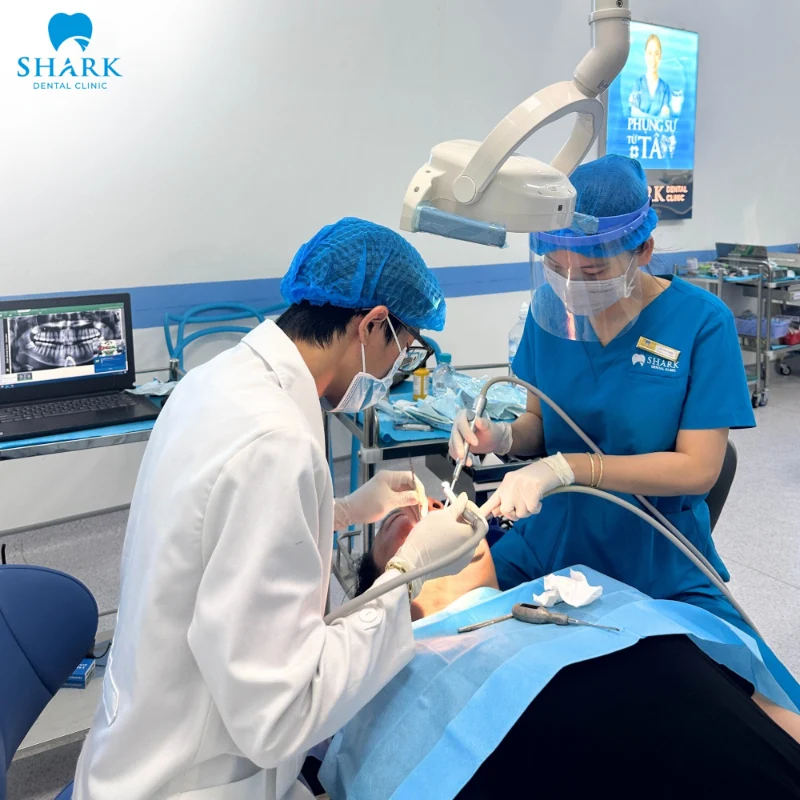
At Shark Dental, investment in technology and infrastructure is a top priority. The clinic offers modern facilities, specialized orthodontic treatment rooms, and state-of-the-art equipment that strictly follow clinical standards. Every patient’s braces journey is carried out according to a proper medical protocol, ensuring safety, efficiency, and an overall shorter treatment timeline.
In addition to its clinical excellence, Shark Dental Clinic offers competitive pricing for orthodontic braces, along with various promotions, clear care policies, and warranty programs. For every patient undergoing treatment, the dental team remains committed to providing ongoing support, helping build trust and peace of mind throughout the entire process.
For anyone looking into what are braces, or considering dental braces for a better smile, Shark Dental Clinic offers fast, reliable consultations and treatment options tailored to each individual’s needs. Recognized by a large number of both local and international clients, Shark Dental continues to be a reputable destination for those seeking high-quality aesthetic dental care in Vietnam.


